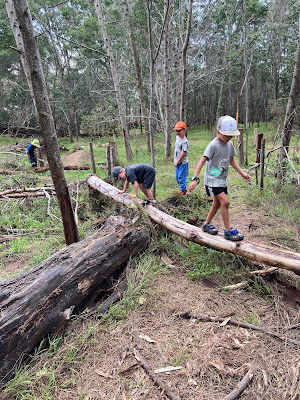Whiringa-ā-nuku - Learning in nature
Mana Aotūroa
Te Whariki (2017) states that over time and with guidance and encouragement, children become increasingly able of:
Te rangahau me te mātauranga
Making sense of their worlds by generating and refining working theories
Te hīraurau hopanga
Using a range of strategies for reasoning and problem solving
Te whakaaro me te tūhurahura i te pūtaiao
Playing, imagining, inventing and experimenting
According to Moore, "Children live through their senses. Sensory experiences link the child's exterior world with their interior; hidden, affective world. Since the natural environment is the principal source of sensory stimulation, freedom to explore and play with the outdoor environment through the senses in their own space and time is essential for healthy development of an interior life...this type of self-activated, autonomous interaction is what we call free play. Individual children's test themselves by interacting with their environment, activating their potential and reconstructing human culture. The content of the environment is a critical factor in this process. A rich, open environment will continuously present alternative choices for creative engagement. A rigid, bland environment will limit healthy growth and development of the individual or group" (cited Last child in the woods, Richard Louv, 2005).









































